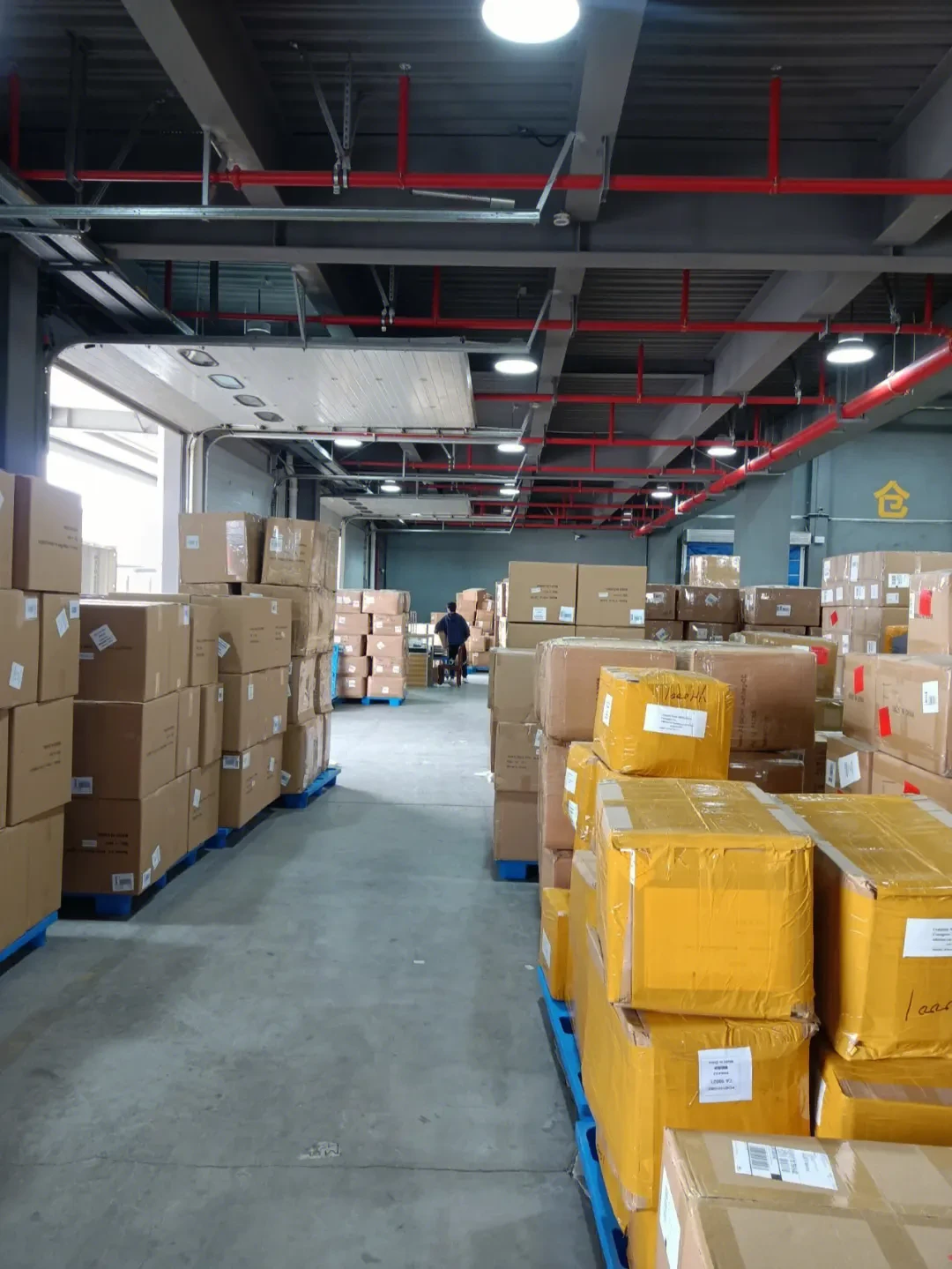Chemicals Used in Wastewater Treatment
Wastewater treatment is a crucial component of modern environmental management, designed to purify water before it is released back into nature or reused. The process involves a variety of chemical treatments that help eliminate pollutants and harmful substances from wastewater. Understanding the chemicals involved can provide insights into the efficacy and safety of wastewater treatment processes.
1. Coagulants
Coagulants are chemicals that facilitate the aggregation of suspended particles in wastewater, making them easier to remove. Common coagulants include aluminum sulfate (alum), ferric chloride, and polyaluminum chloride (PAC). When these chemicals are added to wastewater, they neutralize the charges on particles, allowing them to clump together into larger aggregates, or flocs. This process enhances sedimentation and filtration efficiency.
2. Flocculants
Flocculants are used in conjunction with coagulants to further promote the agglomeration of particles. These chemicals—often composed of long-chain polymers—stabilize flocs and increase their size, allowing for more effective removal during sedimentation. Common flocculants include polyacrylamide and natural materials such as chitosan. Their use is essential in both municipal and industrial wastewater treatment facilities.
3. Disinfectants
Disinfection is a critical step in wastewater treatment, aimed at eliminating pathogens and ensuring the treated water is safe for discharge or reuse. Common disinfectants include chlorination agents, such as sodium hypochlorite and chlorine gas, as well as alternative methods like ultraviolet (UV) light and ozonation. Each disinfecting agent has its advantages and potential drawbacks; for instance, chlorination can create harmful byproducts, necessitating careful treatment and monitoring.
4
. pH Adjusterswhat chemicals are used in wastewater treatment

Maintaining the appropriate pH level in wastewater is essential for optimal chemical reactions and microorganism activity. pH adjusters are used to correct the acidity or alkalinity of wastewater. Common substances include sulfuric acid, sodium hydroxide, and soda ash (sodium carbonate). Proper pH control ensures that the removal processes, including coagulation, flocculation, and biological treatment, function effectively.
5. Nutrient Additives
In biological treatment processes, nutrient additives such as nitrogen and phosphorus compounds are often introduced to promote the growth of bacteria that decompose organic matter. Urea and ammonium sulfate are common nitrogen sources, while phosphorus can be added as phosphoric acid or superphosphate. Balancing these nutrients is essential, as excessive nutrients can lead to other environmental issues, including eutrophication.
6. Defoamers
Foaming can be a significant issue in wastewater treatment, creating operational inefficiencies and hindering separation processes. Defoamers or antifoaming agents are chemicals used to reduce foam formation. They are formulated from various substances, including silicones and organic compounds. Their application helps maintain a smooth treatment process.
7. Heavy Metal Chelators
In industrial wastewater treatment, the presence of heavy metals such as lead, cadmium, and mercury poses a severe threat to environmental safety. Chelating agents, like EDTA (ethylenediaminetetraacetic acid) and DTPA (diethylenetriaminepentaacetic acid), are employed to bind these metals, rendering them less toxic and facilitating their removal during treatment.
Conclusion
The array of chemicals used in wastewater treatment is extensive and serves specific functions that contribute to the overall purification process. As environmental regulations become stricter and concerns about water quality grow, the role of these chemicals in ensuring safe and effective wastewater management becomes increasingly critical. Understanding these chemicals, their roles, and their effects can foster better practices and innovations in the field of wastewater treatment, ultimately leading to a more sustainable water future.

